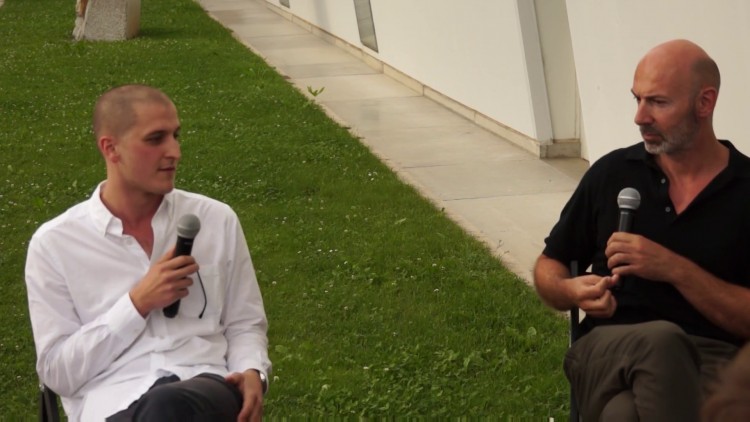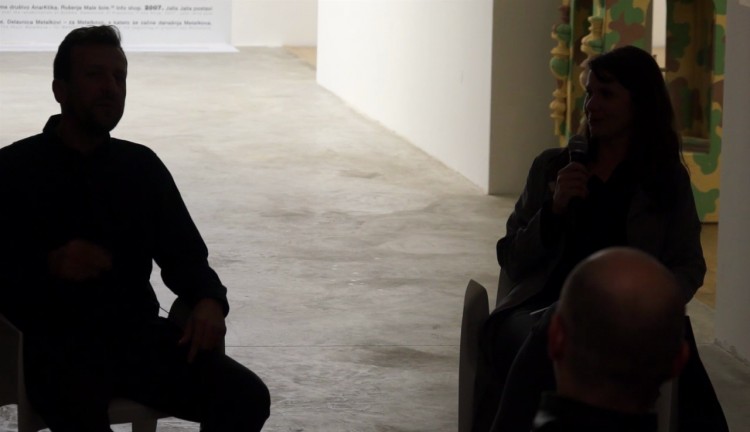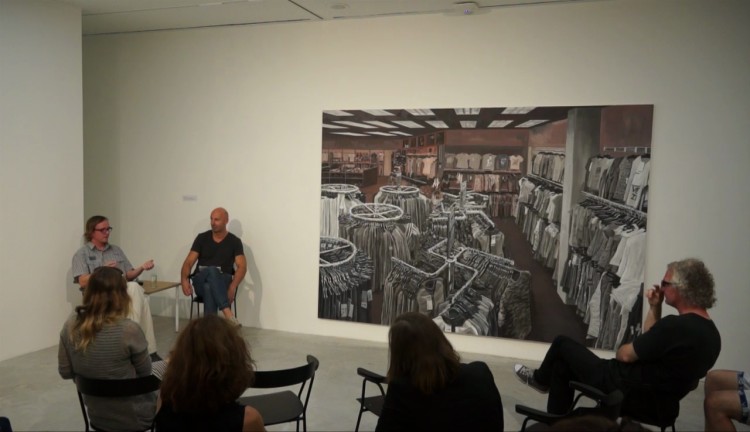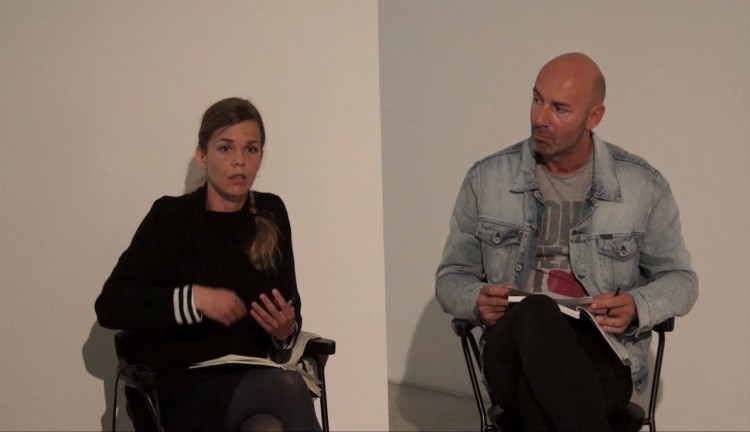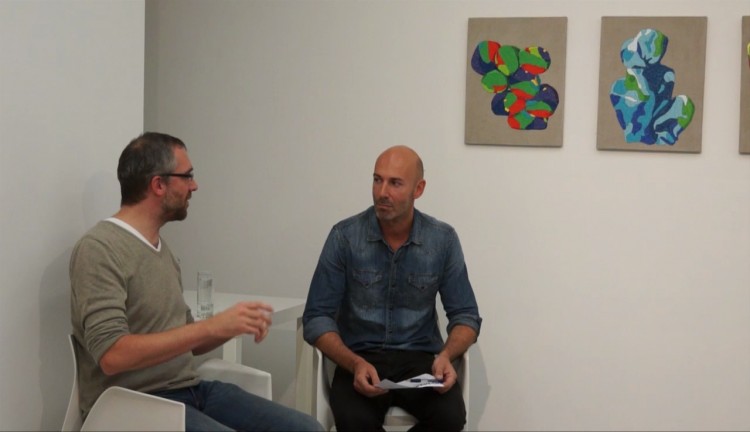In Pavilion, Peter Rauch continues to follow the method developed in his series Objects and Community, basing his approach on his understanding of the correlation between an object and its function, or the meaning of an object and the situations and contents produced by or related to it. The constructed object-space is a temporary pavilion with an added auditory dimension, part of the process of event-making.
The structure of Pavilion is determined by functional and conceptual considerations. The artist starts by making a scale model of the object and recording the sound of the process of the form taking shape and being moved. He regards the resulting sound code as speech proper to the object, which in turn presumes thinking inherent to the object. The sound component continues at the exhibition, where Pavilion creates sound environments; after the exhibition, a recording on a gramophone record will remain as Pavilion’s main archival object.
Pavilion’s shell consists of prefabricated walls acquired from various cultural institutions. Connected into a new whole they frame a space marked by the opposition between the black exterior and white interior. Outwardly the object thus functions as a monolith, and inwardly, as a simulation of a “white cube,” hosting in space and time the works exhibited by guest artists. The relationship between an object and creative practice further resonates in exploring the structural relationship between an institution and an artist. Pavilion is thus a kind of temporary artist-run space. As a rule, these tend to avoid the structure of public (national) or private museums or galleries; this instance, however, inhabits one as a space within a space, a play within a play.
Pavilion thus appears as an autonomous structure, as a black sound object, a form that speaks and also functions at the same time as a model of an alternative exhibition within the art system. For the duration of the show, it will serve as the scene of the daily dynamics of the participants filling the void of the object in their different ways, and thus contributing to constituting the event. This will also map the process nature of the event in which movement/flow becomes a synonym for creation itself. In this vein, the project can also be understood as a reflection on social relations, and the constant flow of ideas as a precondition of openness and change in terms of life and the world.


